A four-axle road switcher that would look at home on almost any HO scale layout set in the last 45 years has been added to MTH Electric Trains’ lineup. From the entry-level Ready2Rail series, this new Electro-Motive Division GP38-2 isn’t as detailed as the firm’s top-of-the-line models. However, the locomotive features a powerful can motor, an accurate plastic body shell, and metal Kadee knuckle couplers, and is available with MTH’s Digital Command Control-compatible Digital Command System (DCS) with sound.
A best-seller. Electro-Motive Division’s GP38-2 was one of its most popular four-axle road switchers, selling 1,081 units domestically and almost 400 more in Canada and Mexico. Another 20 equipped with steam generators for passenger car heating and unofficially designated GP38P-2 were sold to the National Railways of Mexico.
Externally, there’s no definitive spotting difference between a GP38-2 and its predecessor GP38; two of the more common spotting features, a bolted-on battery box access plate (as opposed to a latched door) and a water-level sight glass in the right-side hood door near the radiator section, aren’t found on all versions. The main difference between the two is the use of modular electronics in the Dash-2. The ease of maintaining these components was a great contributor to the GP38-2’s popularity.
The GP38-2 was built from 1972 to 1986, making it a common sight on the rails well into the modern era. Many of the venerable engines are still in service on branch lines and short lines today.
First impressions. The paint on our sample is crisp and even, with sharp separation between colors and no gaps or voids where lettering crossed panel lines. The tiny access panel warning stickers (such as Danger High Voltage) were all legible under magnification.
The model is equipped with detailed and accurate clasp-brake Blomberg trucks. The sideframes bear the correct non-rotating Hyatt oil roller bearings, as well as the Locomotive Finished Materials “LFM” mark cast into the top left.
Like other Ready2Rail models, grab irons are molded into the body shell, as are lift rings, grills, and other details.
The model is offered with or without dynamic brakes, depending on the prototype. Our Union Pacific sample was not equipped with dynamic brakes. All the MTH models have the squared-off air filter enclosure characteristic of an early production GP38-2.
The model’s dimensions and detail placement match drawings published in Model Railroader Cyclopedia: Vol. 2, Diesel Locomotives (Kalmbach Publishing, 1980, out of print). The model’s extended fuel tank matches prototype photos of UP no. 322 I found online.
On the test track. I ran the engine first using direct current (DC). The engine came to life at 6V with a realistic startup sound sequence. The built-in capacitors prevented the stuttering characteristic of other sound-equipped models under DC. The locomotive also started moving smoothly and steadily; at 7V, it rolled at 2 scale mph.
At our standard DC testing limit of 12V, the model reached 41 scale mph. At our Model Rectifier Corp. Tech 4 power pack’s peak output of 13.5V, the diesel reached 74 scale mph, close to the prototype’s 65 mph top speed.
Though I couldn’t control the model’s sound effects under DC, the automatic sounds were impressive. The motor sound was authentic (and loud), and a brake squeal was heard when I quickly reduced the throttle. Occasional cab chatter played randomly, whether the engine was running or stopped. The capacitor kept the sound uninterrupted when I flipped the direction switch.
I had more control of both the engine and the sound effects using DCC. The locomotive responded smoothly through 28 speed steps, reaching a higher than prototypical 84 scale mph in step 28. The locomotive has working green classification lights on the nose and red markers on the rear of the long hood. Function key 5 lets you turn on or off all lights except the front and rear headlights, but that would also shut off the illuminated number boxes. However, the manual listed a function for the class/marker lights. Following the directions, I remapped that function to F4, which previously triggered the cab chatter.
Using a DCS system I had access to all the sound effects. The GP38-2 accelerated in 1 scale mph increments from less than 1 scale mph to 84 scale mph.
The engine had no trouble at all with the 18″ radius curves and no. 4 turnouts on our Beer Line project layout. It easily navigated a 10-car train forward and backward, even over the sometimes wide or uneven gaps between layout sections. Its drawbar pull is equivlaent to 56 free-rolling HO freight cars on straight and level track.
Sound and fury. MTH’s GP38-2 matches an accurate body shell with authentic sound effects and a smooth-running mechanism powerful enough to handle whatever you care to throw at it. This value-priced HO Geep would also make an excellent starting point for a superdetailing project.
Price: DC, $129.95; with DCS and sound, $199.95
Manufacturer
MTH Electric Trains
7020 Columbia Gateway Dr.
Columbia, MD 21046
www.mthhotrains.com
Era: 1972 to present
Roadnames: Union Pacific, BNSF Ry. (post-2005 herald), Canadian National (with website), Chessie System (Baltimore & Ohio reporting marks), Conrail, CSX (YN2 scheme), Long Island (blue wave scheme), Maryland Midland, New York & Atlantic (two road numbers), Norfolk Southern (Thoroughbred scheme, three road numbers, and First Responders scheme, one road number), Pittsburgh & Lake Erie, and Southern Pacific (bloody nose). Three road numbers each unless noted.
Features
▪▪All-wheel drive and pickup
▪▪Blackened metal RP-25 contour wheels in gauge
▪▪Directional light-emitting diode (LED) headlights
▪▪Five-pole skew-wound motor with flywheel
▪▪Kadee metal knuckle couplers at correct height
▪▪Proto-Sound 3.0 with MTH Digital Command System (DCS version only)
▪▪Minimum radius: 18″
▪▪Weight: 15 ounces





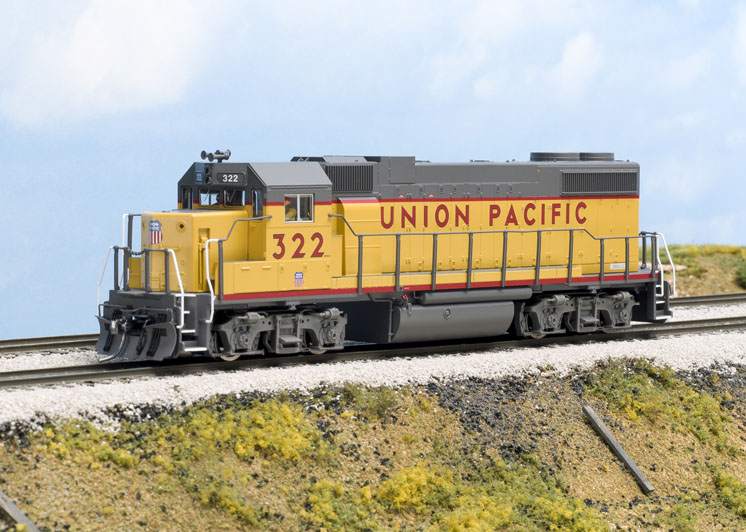
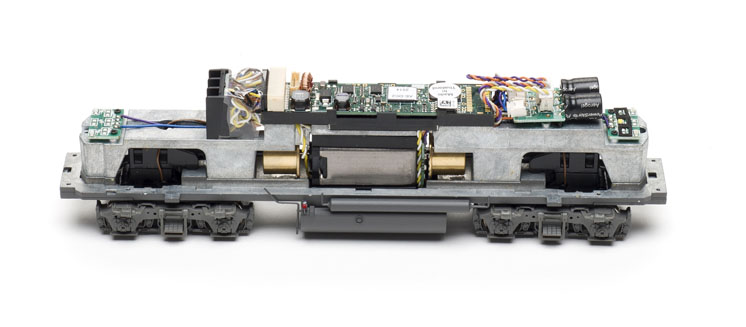
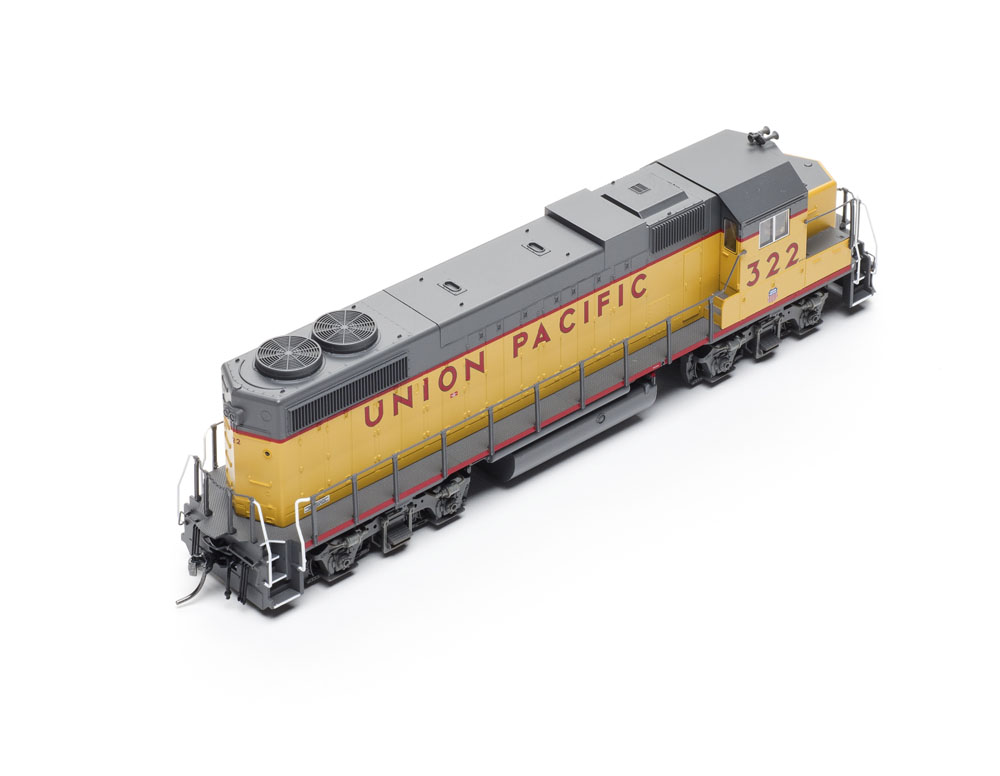
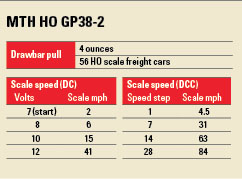

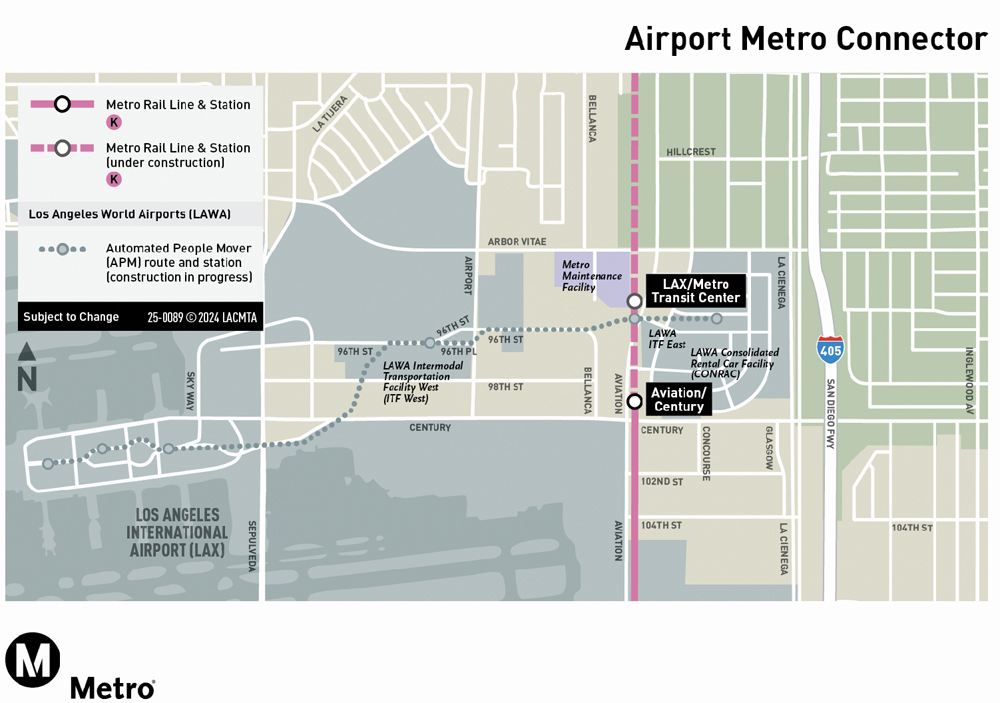
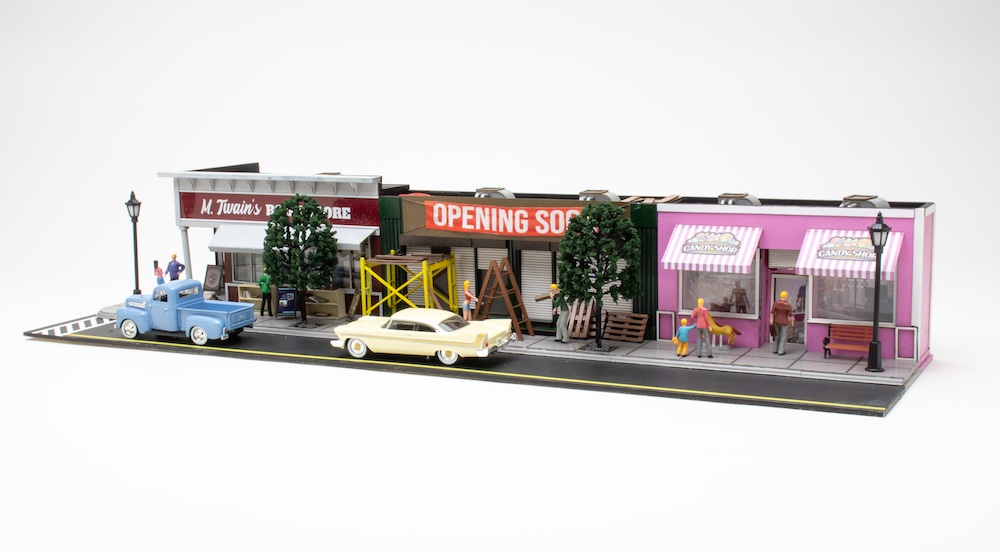
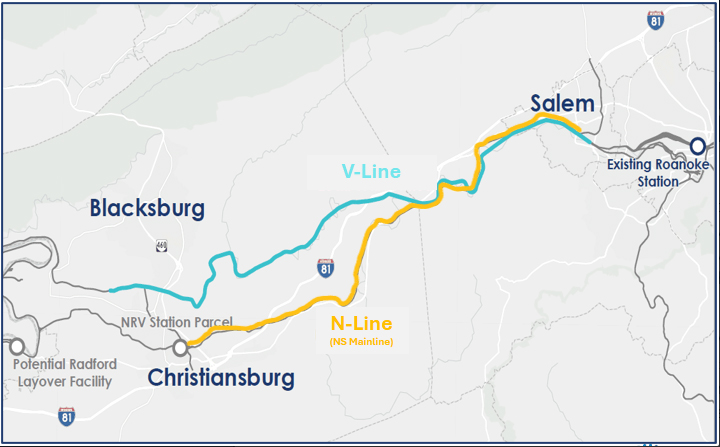





The NS First Responders is a nice paint scheme. Just beware that because DCS is different from DCC the functions are not the same as my other 3 Geeps. There was a learning curve.